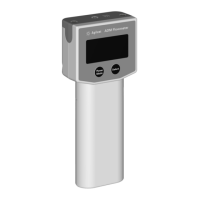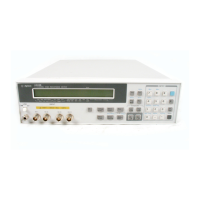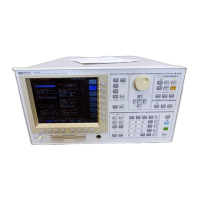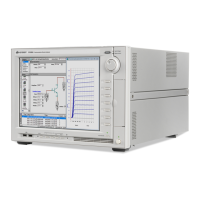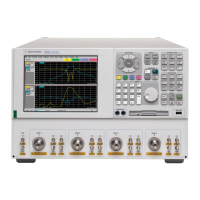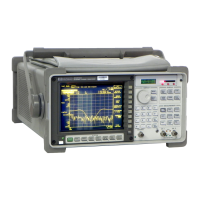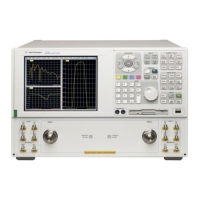Agilent Technologies Helium Leak Detector
DRAFT 12/11/17
15
Solvents
WARNING The mechanical components of leak detectors are typically
cleaned with alcohol, methanol, or other solvents.
When heated, sprayed, or exposed to high-temperature
equipment, these solvents become flammable and explosive,
causing serious injury or death. Do not use these solvents near
a high-temperature source. Ventilate the working area with a
blower and work in a large, well-ventilated room.
Alcohol, methanol, or other solvents are irritants, narcotics,
depressants and/or carcinogens. Their inhalation and/or
ingestion may produce serious side effects. Prolonged or
continued contact with the skin results in absorption through
the skin and moderate toxicity. Always ensure that cleaning
operations are carried out in large, well-ventilated rooms, and
wear eye shields, gloves, and protective clothing.
To clean the leak detector enclosure and the Touch Panel
display use only a soft cloth slightly dampened with water or a
mild soap.
Do NOT use excess water or cleaning solvents of any kind.
Avoid splashing any cleaning solvents into the unit through the
ventilation openings or Front Panel buttons. Wipe the surface
with a dry lint-free cloth.
CAUTION Do not clean any aluminum parts with Alconox
®
. Alconox is
not compatible with aluminum and will cause damage.
Vacuum Equipment and Cleanliness
Cleanliness is vital when servicing the leak detector or any vacuum equipment. There are
some techniques that are more important in leak detector servicing than in general vacuum
work:
CAUTION Do not use silicone oil or silicone grease.
Use powder-free butyl or polycarbonate gloves to prevent skin
oils from getting on vacuum surfaces.
NOTE Agilent does not recommend the use of vacuum grease.
Vacuum grease absorbs helium tracer gas and releases this
slowly resulting in helium background during leak test
operations. If it must be used, use it sparingly and avoid
silicone types. Apiezon
®
L grease is recommended (Agilent Part
No. 695400004).

